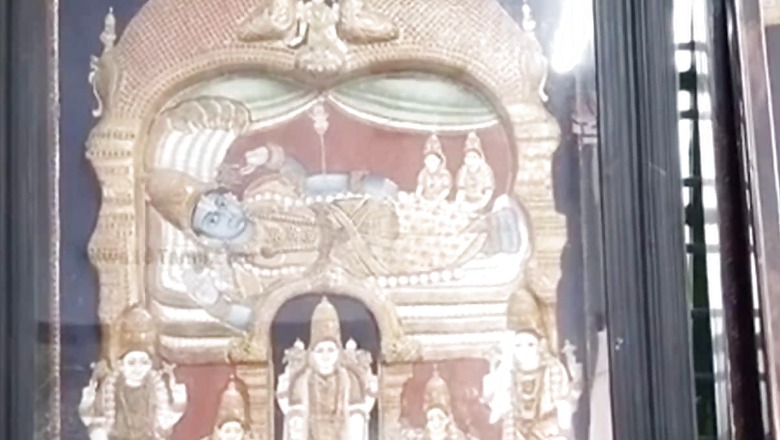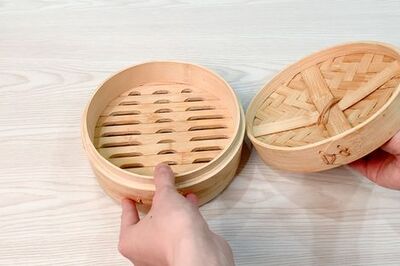
views
Tanjore paintings, often referred to as Thanjavur paintings, have an unrivalled uniqueness that transcends their place of origin. Despite the plethora of artworks available, the allure of a Tanjore painting remains unmatched. Recognizing its significance, the Indian government has even assigned a geographical code to the city of Thanjavur. These exquisitely detailed artworks, renowned for their myriad attributes, command high prices, often soaring into lakhs. Sakthi, the manager of the Poompucar outlet, delves into the value and distinctiveness of Tanjore paintings in this exclusive collection.
With roots tracing back to the 16th century, Tanjore paintings occupy a revered place within South Indian art. Emerging from the city of Thanjavur in Tamil Nadu, these artworks flourished during the illustrious reign of the Chola dynasty and Nayak era. Their cultural prominence reached its zenith during the Maratha period in the 18th century.
A defining characteristic of Tanjore art lies in the incorporation of gold during the painting process. This gold is skillfully applied to embossed sections of the canvas, lending a captivating dimension to the visual appeal of the artwork. Further embellishments come in the form of precious elements like Kundan stones and Swarovski crystals, infusing the masterpiece with an aura of sophistication and opulence.
Beyond their aesthetic allure, Tanjore paintings hold profound sentimental value. As a classical art form, they are treasured for their historical and cultural significance. Typically featuring Hindu deities, these artworks find their place in homes, temples, and religious establishments, serving both as ornamental and devotional items. Within households, they often adorn living spaces, bedrooms, or puja rooms, symbolizing affluence, heritage, and spiritual devotion. Temples integrate them seamlessly into their decor, encapsulating their importance within the sacred ambience.
The creation of a Tanjore painting varies greatly based on dimensions, intricacy, and level of detail. Small to medium-sized works typically demand several weeks, while larger, more intricate pieces may extend over several months. The process of crafting a Tanjore painting is labour-intensive, requiring exceptional skill and meticulous attention to detail.



















Comments
0 comment